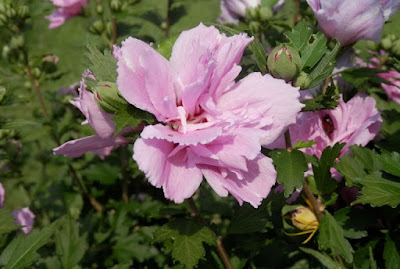One may be easily tempted to say that stems are above ground and roots below ground, that's not entirely true. One huge difference is that stems bear leaves while roots don't bear leaves.
After reading this article, you'll be well-prepared to develop a beautiful plant garden on your property that is edged nicely with brick or some other material.
Here are some of the ways in which you can differentiate between stems and roots. Let's start by defining the two:
Stem
A stem shows positively phototropic and negative geotropic growth. They consist of both nodes and internodes. Flowers, branches, leaves and bracts are developed from nodes.
Root
Roots show positively geotropic and negatively phototropic growth. It should be noted that roots are not divided into nodes and internodes.
Similarities between stems and roots
Both stems and roots are capable of initiating lateral growth, which means they are able to form branches.
Differences between stems and roots
1. Vascular Tissues
In herbaceous stems, vascular tissues are contained in bundles which sit near the surface of the stem.In roots, the vascular tissues are known to form a central location or core where they protect themselves from harsh conditions.
2. Origin of Branches
Lateral roots on the other hand rise from deep within the root's tissues. Roots don't have buds and nodes.
3. Epidermal Cells
4. Epidermis Function
5. Root Hairs
6. Hypodermis
7. Outer Cortical Cells
These are some of the notable differences between stems and roots.

